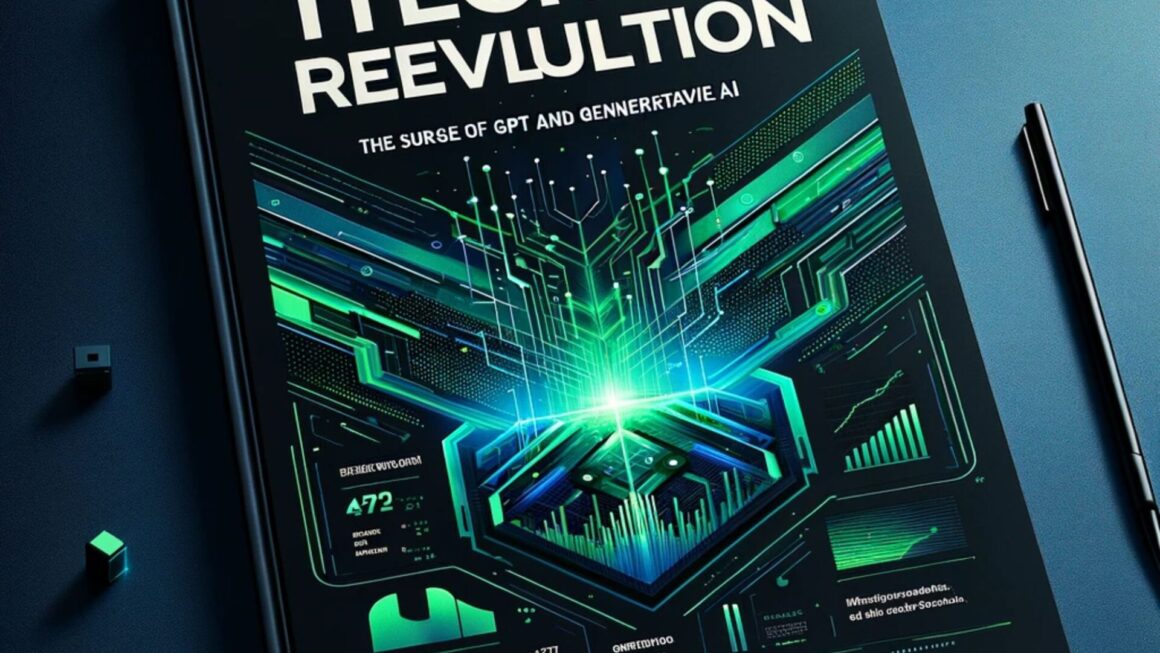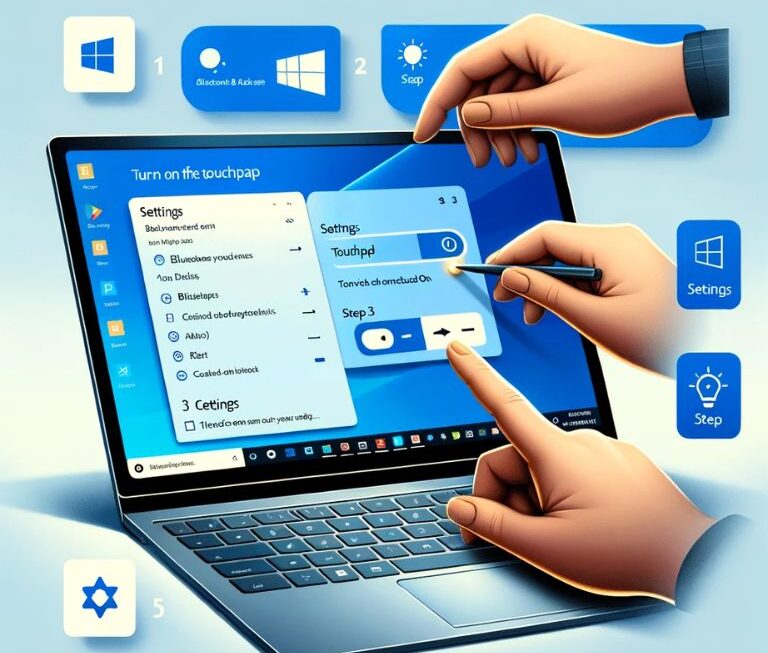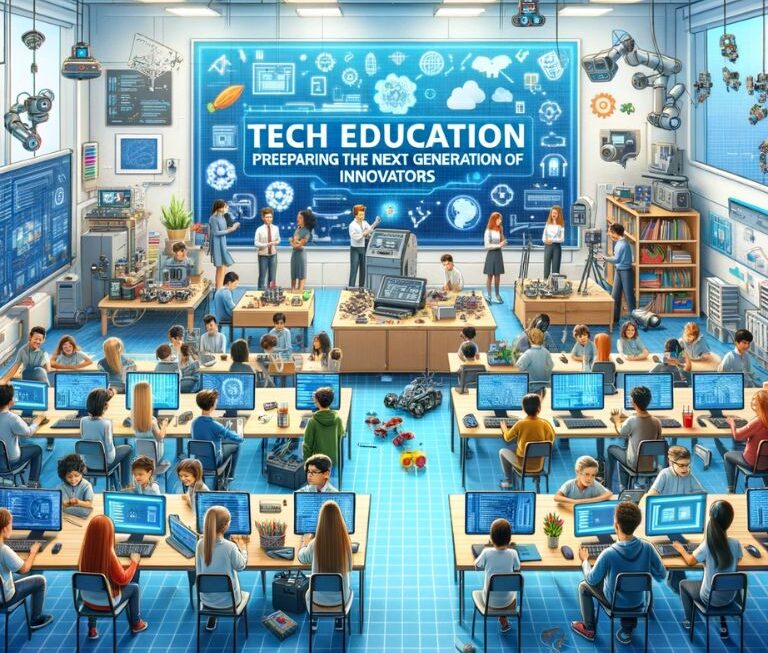As we approach 2024, the coding landscape is rapidly evolving, driven by advancements in technology and changing demands in a digital society. Currently, coding relies heavily on technologies like cloud computing, machine learning, and AI, with popular languages such as Python, JavaScript, and Java at the forefront. The future of coding, however, promises revolutionary changes. Trends like AI and ML in coding, the rise of IoT, and the significance of mobile and cross-platform development are set to redefine programming. This article delves into these transformative trends, highlighting how they will influence the way we approach coding, problem-solving, and digital innovation.
Current State of Coding
As we stand at the threshold of 2024, it’s essential to understand the current landscape of coding to appreciate the impending trends. The foundation of today’s coding environment is built on a diverse array of technologies, languages, and frameworks.
Technologies: The current era is dominated by cloud computing, artificial intelligence (AI), and machine learning (ML). These technologies have become integral to coding, powering a wide range of applications and systems.
Programming Languages: The most widely used languages in coding today include:
- Python: Renowned for its simplicity and versatility, especially in AI and data science.
- JavaScript: The cornerstone of web development, essential for both front-end and back-end through Node.js.
- Java: A staple in enterprise environments, valued for its robustness and cross-platform capabilities.
- C++: Known for its performance in system/software development.
- Ruby: Appreciated for its elegant syntax, primarily used in web development with Rails framework.
Frameworks:
- Front-end Development: React, Angular, and Vue.js are leading the way, offering efficient ways to build interactive user interfaces.
- Back-end Development: Django (Python) and Ruby on Rails (Ruby) are popular for server-side development, providing powerful tools to create complex websites and applications.
This current state is a melting pot of technologies and practices that have set the stage for the future trends we are about to witness. Each of these elements plays a crucial role in shaping what coding will become in the next few years. As we move forward, these foundational aspects will continue to influence and be reshaped by the revolutionary trends of 2024 and beyond.
Artificial Intelligence and Machine Learning in Coding

The integration of Artificial Intelligence (AI) and Machine Learning (ML) into coding is transforming the landscape of programming. These technologies are not just tools but are evolving into core components of the coding process.
AI in Coding: AI brings capabilities like advanced problem-solving, automation, and predictive analytics to coding. It enables more intelligent and efficient development processes. AI’s role in code generation and testing reduces the manual workload, allowing developers to focus on complex tasks.
ML’s Impact:
- Automated Code Generation: ML algorithms can learn from existing codebases to generate new code, speeding up development.
- Predictive Analysis: ML can predict potential errors and optimize code performance.
Key Areas of AI and ML in Coding:
- Natural Language Processing (NLP): Enables machines to understand and interact with human languages, facilitating developments in chatbots and voice assistants.
- Deep Learning: Enhances areas like computer vision and speech recognition through complex neural networks.
- Reinforcement Learning: Applied in robotics and autonomous systems, it involves algorithms that learn to make decisions to maximize rewards.
Implications for the Future
As we head into 2024, the influence of AI and ML in coding is predicted to grow exponentially. They will not only automate mundane aspects of coding but also open new avenues for innovation. This integration will likely lead to more intuitive, efficient, and powerful programming tools, fundamentally changing how developers approach coding challenges.
The Rise of the Internet of Things (IoT) in Programming
The Internet of Things (IoT) is poised to significantly reshape coding practices by 2024. Encompassing a network of interconnected devices with sensors and connectivity, IoT extends into diverse sectors like healthcare and agriculture. Programmers face challenges in ensuring seamless device integration, efficient data management, and robust security. As IoT’s prevalence grows, it will demand innovative, secure coding solutions, steering us towards a future where technology seamlessly integrates into daily life, enhancing efficiency and overall quality of life.
Mobile and Cross-Platform Development
Heading into 2024, mobile and cross-platform development are increasingly shaping the coding landscape, driven by the surge in smartphone usage. This trend emphasizes responsive design for diverse screen sizes and the use of cross-platform tools for broader deployment across iOS and Android. The emergence of progressive web apps (PWAs) further merges web and mobile app functionalities, enhancing user experience with offline access and push notifications. These developments highlight a shift in coding towards flexibility, efficiency, and user-centric design, integrating a mix of web technologies, mobile frameworks, and UI/UX design principles.
Ethical Considerations in Coding
As the coding landscape evolves, ethical considerations have become increasingly critical. In a world where software impacts nearly every aspect of life, the responsibility of developers to code ethically has never been more important. Ethical coding practices are about more than just writing efficient and error-free code; they involve a conscious effort to address and mitigate the social and moral impacts of technology.
Key Ethical Aspects in Coding:
- Data Privacy and Security: With the surge in data collection, ethical coding requires stringent measures to protect user privacy and secure data against breaches. This includes transparent data handling practices and robust security protocols to prevent unauthorized access and misuse.
- Algorithmic Bias and Fairness: As AI and machine learning algorithms become more prevalent, there’s a growing concern about unintentional biases being coded into these systems. Ethical coding practices must include rigorous testing and validation to ensure algorithms are fair and unbiased, particularly in critical areas like healthcare, finance, and criminal justice.
- Sustainability and Environmental Impact: Coding practices also need to consider the environmental impact of technology. This includes developing energy-efficient software and systems that minimize the carbon footprint and contribute to sustainable technological advancements.
- Accessibility and Inclusivity: Ethical coding also involves designing and developing software that is accessible and inclusive, ensuring that technology serves a diverse range of needs and abilities. This includes adherence to accessibility standards and designing user interfaces that are usable by people with various disabilities.
- Transparency and Accountability: Ethical coding practices advocate for transparency in how software operates and how decisions are made, especially in AI-driven systems. Developers and companies should be accountable for their software and its impacts, with clear channels for addressing issues and concerns.
As we look towards 2024, the emphasis on ethical coding practices will likely increase, driven by a greater societal awareness of the impacts of technology. Developers and companies will need to prioritize ethical considerations not just as a compliance requirement, but as a core aspect of responsible innovation.
Emerging Technologies Shaping Coding’s Future
As we approach 2024, several emerging technologies are set to revolutionize the world of coding. These technologies not only offer new capabilities but also challenge coders to adapt and innovate.
Blockchain Technology
Initially known for underpinning cryptocurrencies, blockchain is now finding applications in various sectors. Its decentralized nature offers enhanced security and transparency, making it ideal for applications in supply chain management, voting systems, and secure transactions.
Quantum Computing
Quantum computing, leveraging the principles of quantum mechanics, promises to solve complex problems much faster than traditional computers. This technology could dramatically impact fields like cryptography, optimization, and drug discovery, presenting new challenges and opportunities for coders.
Cloud Computing Advancements
Cloud computing continues to evolve, with trends like serverless computing and cloud-native development shaping the future of coding. These advancements offer coders scalable, efficient, and flexible platforms for building and deploying applications.
Each of these technologies brings a unique set of challenges and opportunities. Coders need to stay abreast of these developments, as they will profoundly influence coding practices and the solutions of tomorrow.
Low-Code and No-Code Development

As we advance towards 2024, low-code and no-code development platforms are gaining prominence, reshaping the coding landscape. These platforms democratize application development, enabling individuals with minimal coding expertise to create applications.
Low-code platforms provide a visual development environment, where users can drag-and-drop components to build applications. They typically offer a range of pre-built templates and modules, reducing the need for extensive coding. This approach significantly accelerates the development process, making it more accessible and efficient.
No-code platforms take this a step further by allowing users to create applications without writing any code at all. They are designed for business professionals and other non-technical users to build custom applications quickly, without relying on IT departments.
The rise of these platforms is a response to the growing demand for rapid application development and the shortage of skilled programmers. They are particularly useful for small to medium-sized businesses that need to develop applications quickly to respond to market changes.
However, low-code and no-code platforms are not without limitations. While they are excellent for quickly developing simple to moderately complex applications, they may not be suitable for highly complex, scalable applications that require intricate custom coding.
Cybersecurity in the Coding World
As we approach 2024, cybersecurity remains a paramount concern in the coding world. The increasing prevalence of digital technology in everyday life has escalated the need for robust security measures to protect systems and data from cyber threats.
Key Aspects of Cybersecurity in Coding:
- Zero Trust Security: This security model operates on the principle that no user or device, inside or outside the network, is trusted by default. Continuous verification and monitoring are essential to prevent unauthorized access and breaches.
- Secure Software Development Lifecycle (SDLC): Integrating security measures throughout the development process is crucial. This includes regular security assessments, secure coding practices, and timely software updates and patches to address vulnerabilities.
- Threat Intelligence: Gathering and analyzing information about potential cyber threats is vital for proactive defense. Understanding emerging threats and attacker techniques enables developers to fortify their systems against sophisticated attacks.
- Cloud Security: With the growing reliance on cloud computing, ensuring the security of cloud-based applications and data is critical. This involves implementing robust security controls, such as encryption and access management, to protect against unauthorized access and cyber threats.
- AI in Cybersecurity: The use of AI in cybersecurity is increasing, with AI-powered solutions being deployed for real-time threat detection and response. These systems can analyze vast amounts of data to identify patterns and anomalies, enhancing the speed and efficiency of cybersecurity measures.
As coding continues to evolve, integrating these cybersecurity aspects becomes essential. Developers must be vigilant and proactive in implementing security measures to safeguard their applications and data.
Conclusion
As we look towards 2024 and beyond, the landscape of coding is set to undergo transformative changes. From the integration of AI and ML in development processes to the rise of IoT, the future of coding is brimming with opportunities and challenges. The advent of low-code and no-code platforms is democratizing coding, making it accessible to a broader audience, while emerging technologies like blockchain and quantum computing are opening new frontiers. Amidst these advancements, the ethical considerations and the emphasis on cybersecurity in coding practices have never been more pertinent. These trends collectively signal a future where coding is not just a skill but a crucial element in shaping an interconnected, secure, and ethically responsible digital world. The journey ahead for coders, developers, and technologists is one of continuous learning, adaptation, and innovation, ensuring that the digital future we build is robust, inclusive, and forward-thinking.




